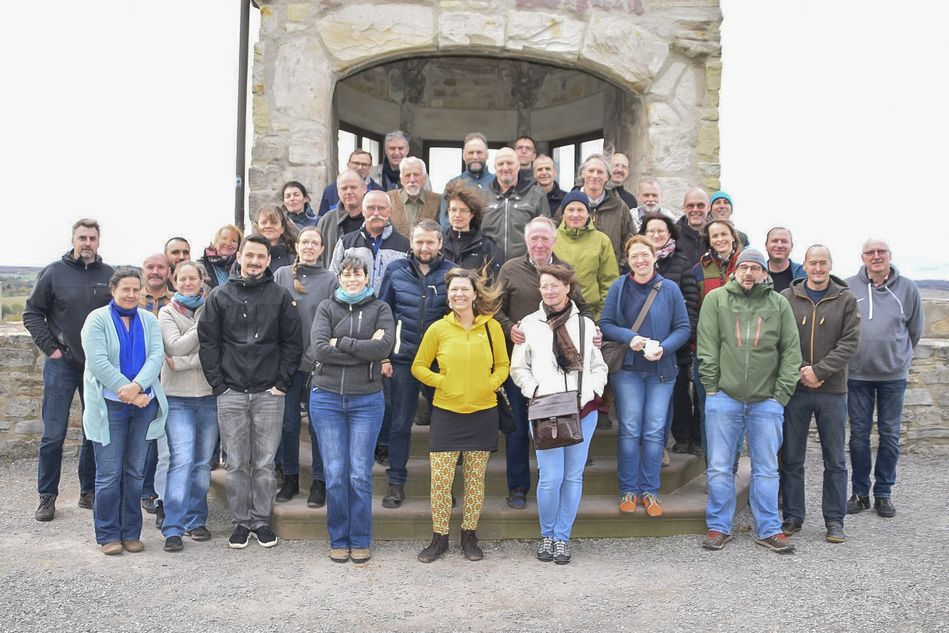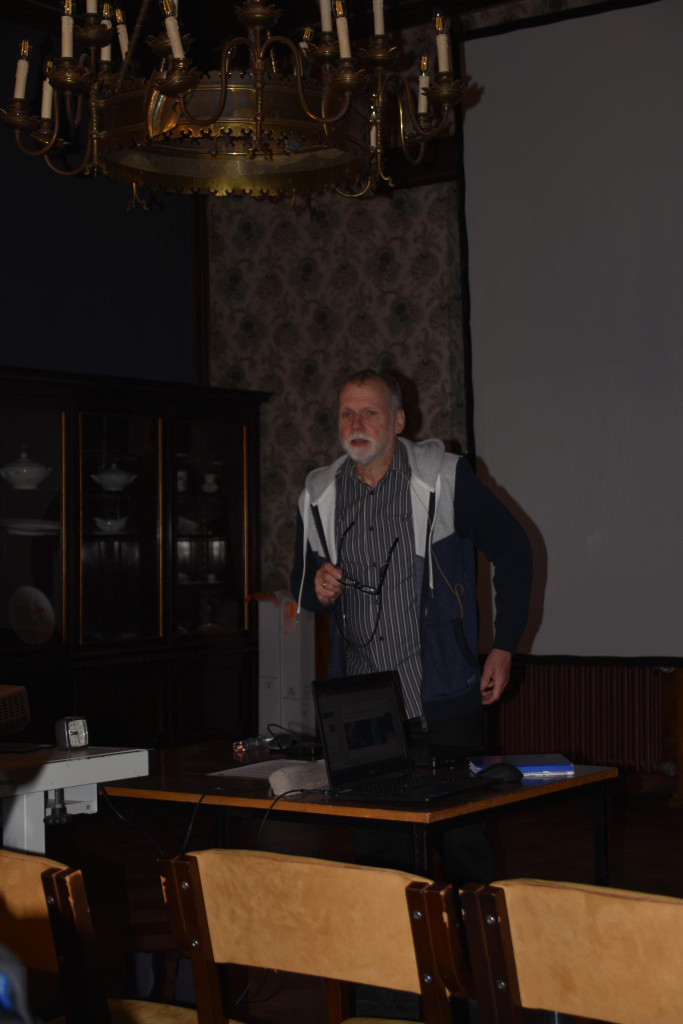The last workshop of bat markers took place in 2016. In the time after that, it was not possible to organize a meeting, among other things due to the Corona pandemic. The event was supported by the AK Fledermäuse Sachsen-Anhalt e. V. and the German Bat Observatory e. V.
The head of the FMZ Dresden, Dr. Ulrich Zöphel (on the right in the picture), made it clear in his remarks that it is unique in Europe and the world that the candidates are tested and graded as scientific bat markers in East Germany by the FMZ Dresden.
In the reporting period, in the years 2017 to 2023, five examination events were held.
A key item on the agenda of the conference was the question of how the quality of bat wing clips has developed since 2016 and what experience has been gained with the innovations in order to further minimize injuries to bats in the future. In this context, it was pointed out that with the introduction of the T-wing clamp since 2017, detectable injuries in M. dasycneme, N. leisleri, V. murinus and E. serotinus were close to zero! For example, to reduce the risk of injury in the case of M.bechsteinii , the T-clamp is used and no longer the V-clamp, as U. Hoffmeister has been successfully practising for five years.
Bat marking (“ringing”) is an essential method to accompany long-term studies in order to obtain statements about population dynamics, the social relationships of individuals with each other, roosting networks, age structures, etc. In this context, the results of investigations from long-term projects were presented and the value of species conservation was emphasized.
A not insignificant item on the agenda was the handling, management and evaluation of the wealth of marking data collected. The speaker Dr. Reinhard Klenke gave valuable suggestions on this. In this context, it is planned to conduct training on this topic and, in addition, on the BatBase and MultiBase programs.
In the observation of population developments with the help of bat marking in long-term studies, several focal points were set.
Data are currently insufficient for the following species: V. murinus, E. nilssonii, E. serotinus, N. leisleri, M. dasycneme, P. pygmaeus, as well as for the bearded bat species M. alcathoe, M. brandtii, and M. mystacinus.
In principle, the long-distance migrating species should be marked within the framework of the bat migration project, especially with regard to the not uncritical massive expansion of the use of wind energy in forests in terms of species protection.
It was agreed that in 2025, with the support of RalfKoch in Mecklenburg-Western Pomerania, the next workshop of the bat markers of the FMZ Dresden will be organized. (Text: Bernd Ohlendorf)


